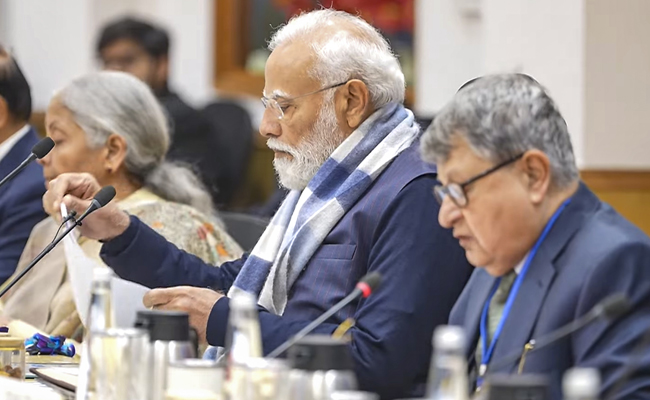Mumbai, June 29: India's total external debt for the quarter ended March 2018 rose on a year-on-year basis by over 12 per cent to $529.7 billion, official data showed on Friday.
According to the RBI, external debt rose to $529.7 billion from $471.3 billion reported for the corresponding period of 2017, on the back of an increase in commercial borrowings, short-term debt and non-resident Indian (NRI) deposits.
"At end-March 2018, India's external debt witnessed an increase of 12.4 per cent over its level at end-March 2017, primarily on account of an increase in commercial borrowings, short-term debt and NRI deposits," the RBI said in a statement on "India's External Debt as at the end of March 2018".
"The increase in the magnitude of external debt was partly due to valuation loss resulting from the depreciation of the US dollar against major currencies. The external debt to GDP ratio stood at 20.5 per cent at end-March 2018, higher than its level of 20 per cent at end-March 2017."
As per the statement, valuation loss worth $5.2 billion occurred due to depreciation of the US dollar vis-a-vis major currencies like Euro, SDR (special Drawing Right), Japanese Yen and Pound Sterling.
"Excluding the valuation effect, the increase in external debt would have been US$ 53.1 billion instead of $58.4 billion at end-March 2018 over end-March 2017," the statement said.
"Commercial borrowings continued to be the largest component of external debt with a share of 38.2 per cent, followed by NRI deposits (23.8 per cent) and short-term trade credit (19 per cent)."
Courtesy: www.ndtv.com
Let the Truth be known. If you read VB and like VB, please be a VB Supporter and Help us deliver the Truth to one and all.
New Delhi (PTI): Prime Minister Narendra Modi on Tuesday met eminent economists and sectoral experts to seek their views on the upcoming Budget, a senior government official said.
The meeting, which started at 11 am, is currently underway.
Finance Minister Nirmala Sitharaman, Niti Aayog Vice Chairman Suman Bery, NITI Aayog CEO BVR Subrahmanyam, other members of the Aayog, economists and sectoral experts are also present in the meeting.
Finance Minister Nirmala Sitharaman is likely to present the Union Budget for 2026-27 on February 1.
VIDEO | Delhi: PM Narendra Modi (@narendramodi) chairs a meeting with economists at NITI Aayog.
— Press Trust of India (@PTI_News) December 30, 2025
(Source: Third Party)
(Full video available on https://t.co/dv5TRAShcC) pic.twitter.com/gr4dBdVTP8





